PACG Book Club - The Bluest Eye by Toni Morrison
Monday, October 16th at 5 pm - hybrid meeting
3420 Jersey Ridge Rd
Davenport, IA (map)
PACG Book Club
Our next PACG Book Club discussion will be a hybrid in-person and Zoom meeting at Edwards Congregational UCC. If you want to come in person, the address is above. If you want to join by Zoom, contact our Office Manager or me for the link.
The book is The Bluest Eye by Toni Morrison. Here is a quote about the book from Goodreads:
"The Bluest Eye is Toni Morrison's first novel, a book heralded for its richness of language and boldness of vision. Set in the author's girlhood hometown of Lorain, Ohio, it tells the story of black, eleven-year-old Pecola Breedlove. Pecola prays for her eyes to turn blue so that she will be as beautiful and beloved as all the blond, blue-eyed children in America. In the autumn of 1941, the year the marigolds in the Breedloves' garden do not bloom. Pecola's life does change—in painful, devastating ways.
With its vivid evocation of the fear and loneliness at the heart of a child's yearning, and the tragedy of its fulfillment, The Bluest Eye remains one of Toni Morrisons's most powerful, unforgettable novels, and a significant work of American fiction."
Alta Price

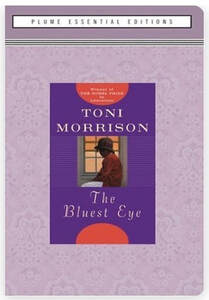
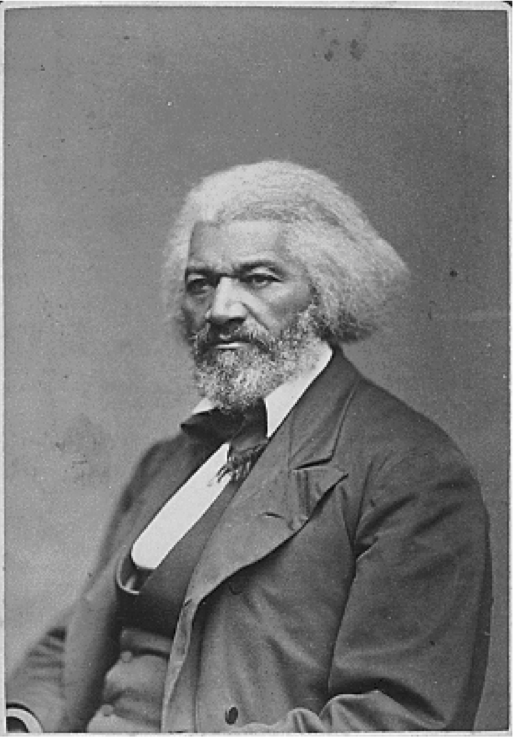
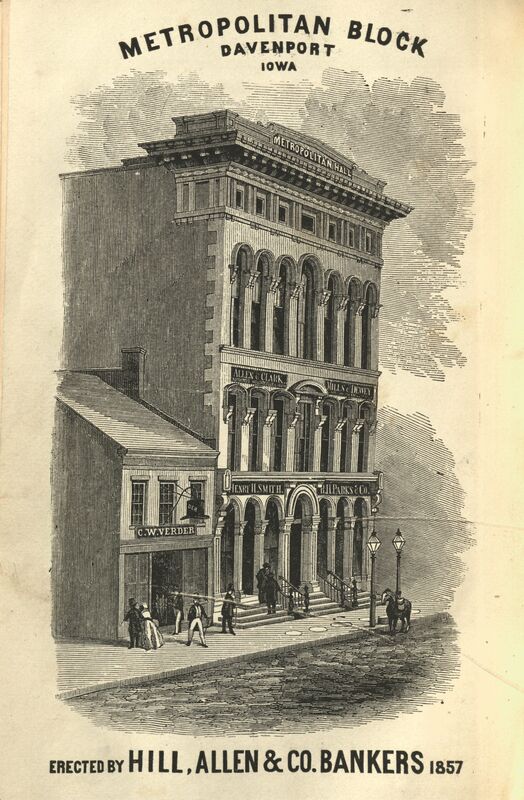
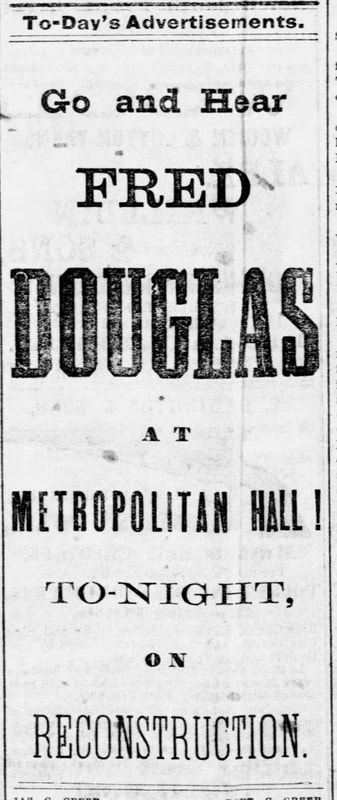
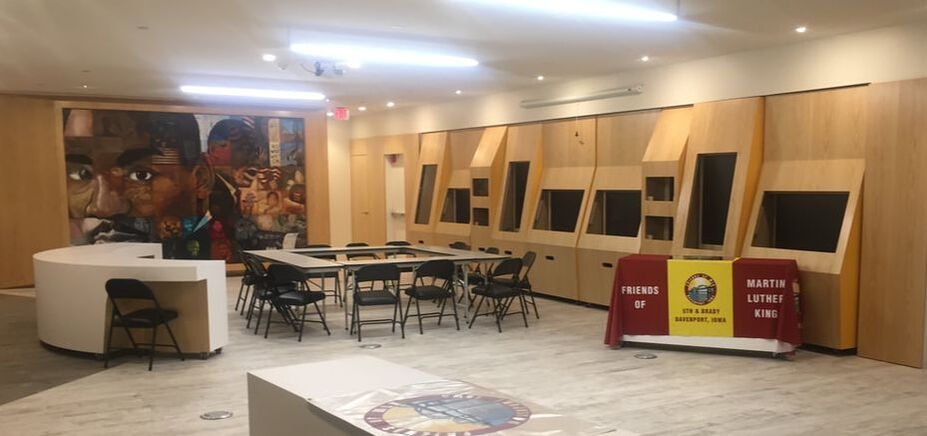
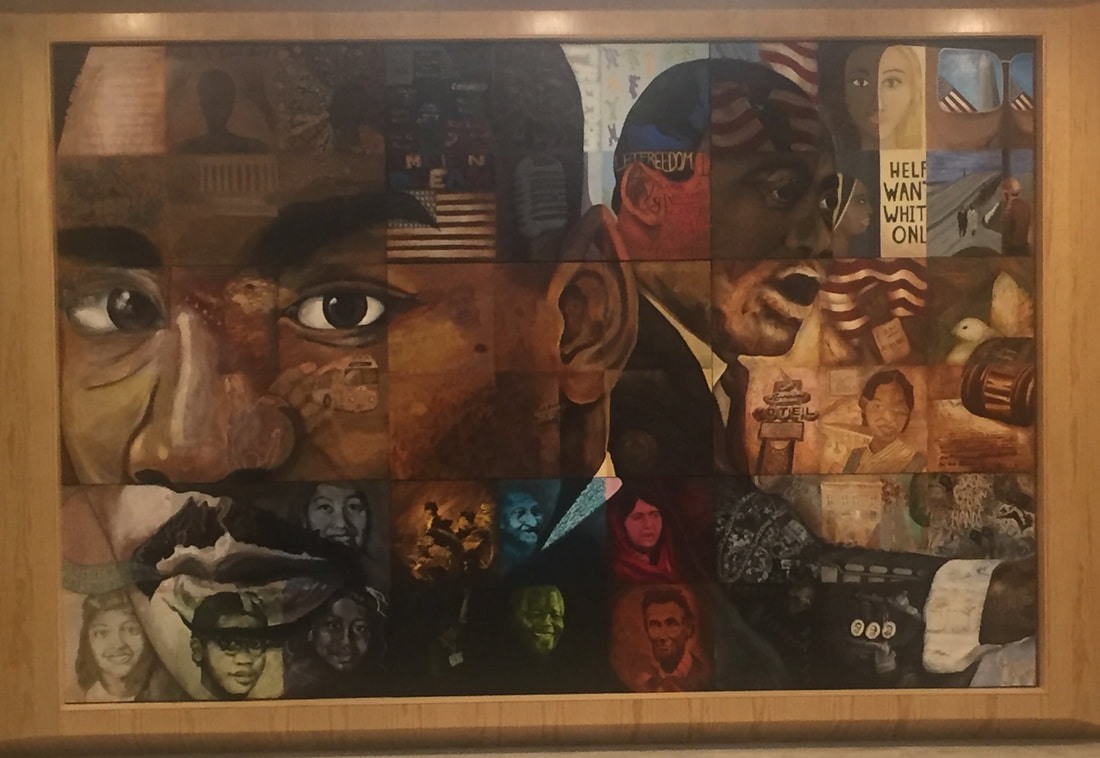
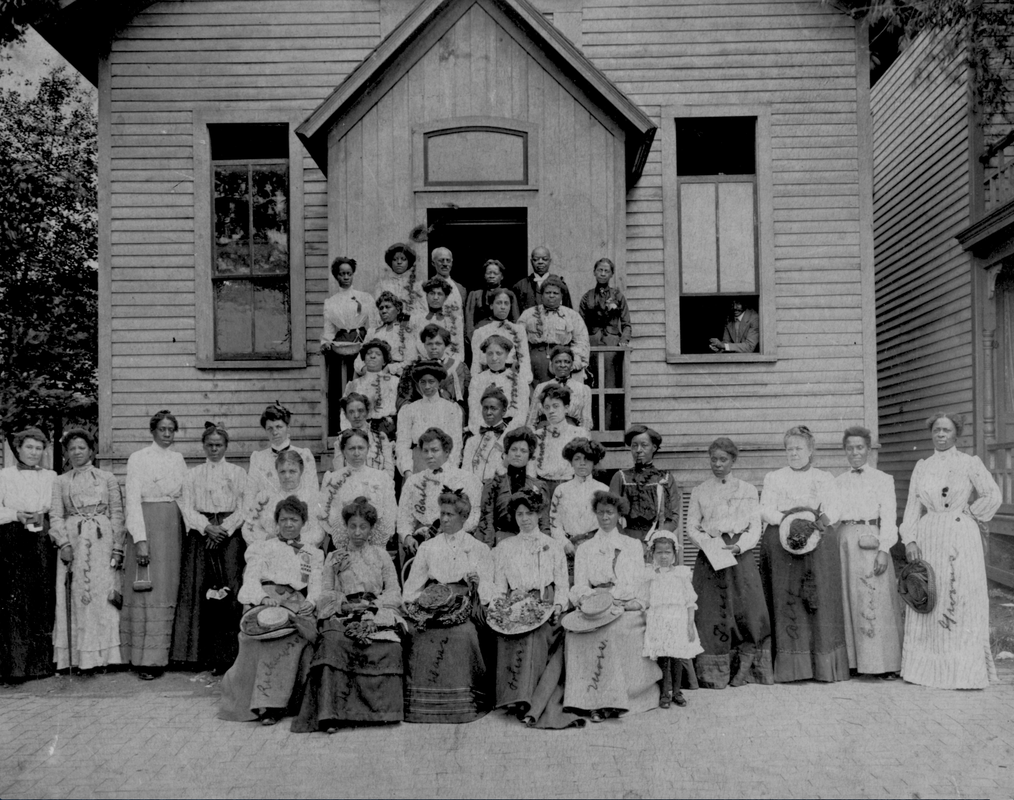
 RSS Feed
RSS Feed


